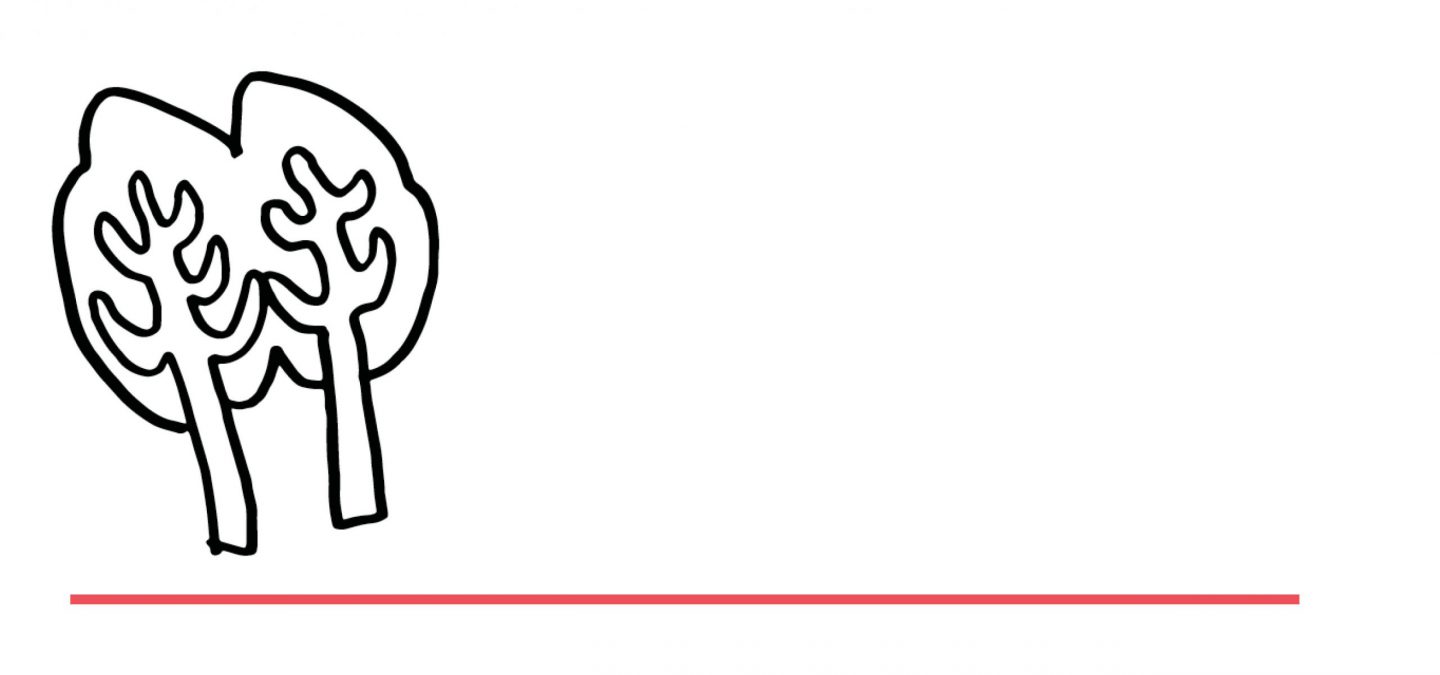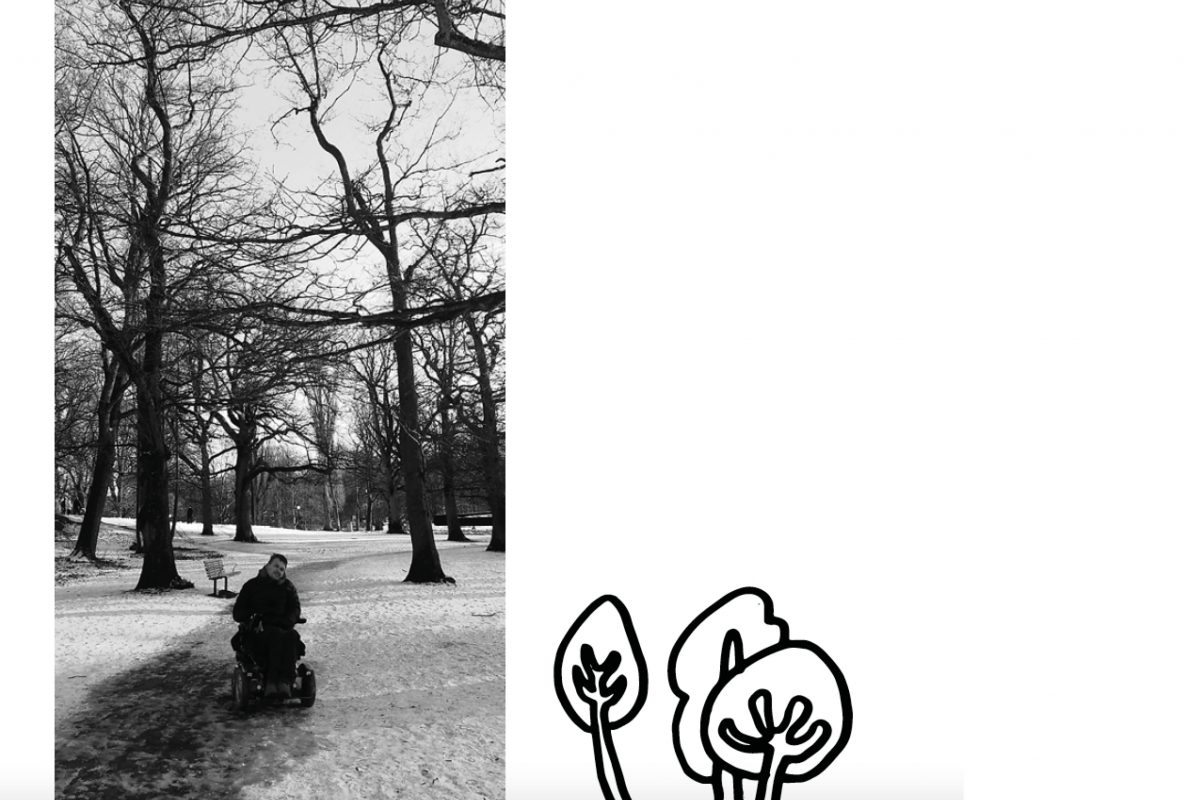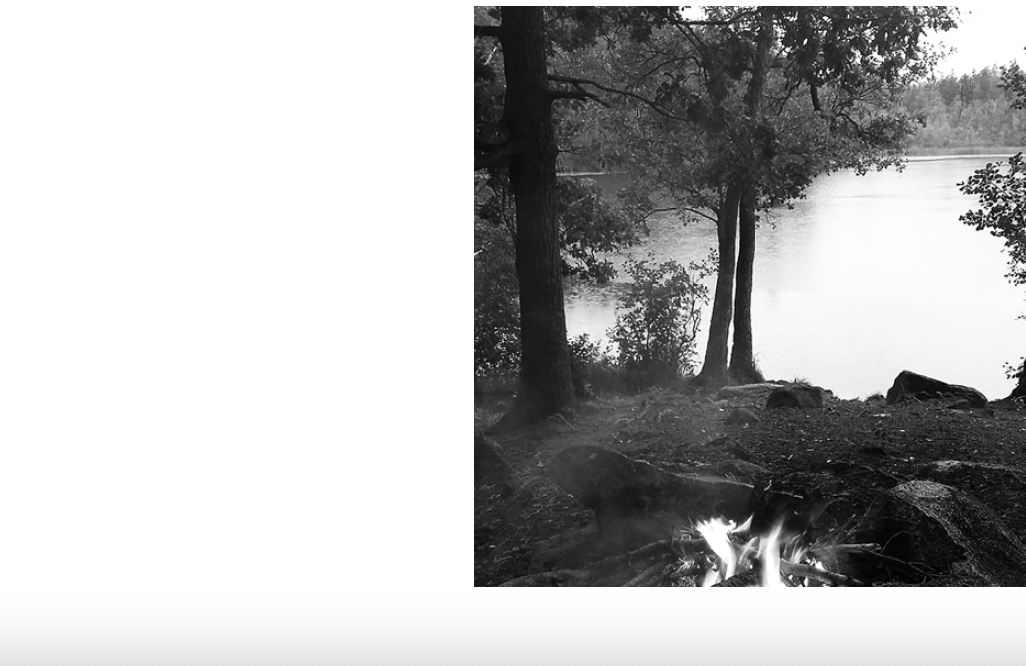
Keep up with our latest news and projects!

Acknowledging the multiple mental and physical benefits that come with exposure to green space, “it is important to explore how those considered out of place find ways of engaging and interacting with nature” (Kafer, 2017, p. 203). This case highlights the particular experiences of wheelchair users in Sweden’s capital city, Stockholm, and how they struggle to balance between their desire to experience high quality green spaces, especially wilderness areas, and the recognition that their particular needs may restrict them from doing so. The findings described below originate from a master’s thesis research in Urban and Regional Planning at Stockholm University and are based on disability discourse and environmental justice theory.1
Generally speaking, the accessibility of residential green spaces in Stockholm is acceptable. The city takes care of ramps and pavements that allow wheelchair users and other people with physical limitations to move relatively independently. Still, there are a number of factors that consistently restrict wheelchair users from going outdoors in nature: think of the outdoor climate, road quality and perceived safety, but also social pressure and information provision. Among those, the socio-environmental circumstances are the most important. In particular, the quality of infrastructure and the weather conditions appear to play a huge role in Sweden, especially during the winter months. Even though clearing the pavement from snow is typically prioritized over clearing the road, winter conditions leave surfaces slippery for a long portion of the year, which in turn makes natural paths inaccessible for wheelchair users, the elderly, and strollers alike.


As a first step, to access green space, people with disabilities would often seek assistance from family, friends, or a professional caretaker who can support them in navigating the forest, park or field. Another way of dealing with inaccessible green space is to refrain from going anywhere unfamiliar where one might encounter unexpected problems in mobility. As a result, people with disabilities confine themselves to familiar areas close to their home. This narrows down the number of residential green spaces they can visit throughout the year to only a couple of small parks and fields. Wild nature, like forests and mountains is usually out of reach and avoided.
Since wheelchair users and people with other physical challenges require a certain level of accessibility and services, many of them rarely deviate from the familiar green spaces, often found in one’s residential environment. This is rather unfortunate, since it appears that while regular visits to accessible green spaces are much appreciated, it is often those less accessible, wild places that carry the biggest value for one’s emotional state, evoking feelings of nostalgia and a sense of freedom. Such feelings are often generated by childhood memories: when one was able to pick flowers, berries and mushrooms at the family’s summerhouse. Furthermore, the ability to visit wilderness areas evokes adventurous feelings that wheelchair users are not very used to experiencing in daily life. These findings correspond to research on Scandinavian outdoor life by Gelter (2000), among others, which explains how the outdoor experience increases when moving away from the urban lifestyle.

Residential green spaces, like parks for instance, are the preferred and most frequently visited type of green space for wheelchair users. Yet, some users express regret about the fact that wild types of green space are usually out of reach, precisely because of the special value and meaning attached to such places. Hence, it appears that green spaces are caught between the need for accessibility on the one hand, and the importance of wilderness on the other. For wheelchair users the dilemma is between what is known and familiar, and what is unexpected and probably more challenging (and possibly rewarding).
Interestingly enough, the wheelchair users in this study accepted the inaccessibility of wilder types of green space, such as forested and mountainous areas. Some even mentioned the need to actively conserve such kind of green spaces in their original state. They feel that not all green space can be and should be made accessible for everyone: there are limits to the extent to which spatial design should be facilitating green space use. Using Kafer’s words: “there simply are hills too steep, creeks too rocky, soil too sandy for a wheelchair; or, rather, ensuring access to some locations would mean so drastically altering those locations that the aesthetic and environmental damage to the area would be profound” (2017, p. 220).
Most importantly, decisions aimed to increase the accessibility of green spaces should be made in agreement with wheelchair users and other intended users. As a result of both socio-environmental and personal factors, individuals have different needs that cannot be captured in general measurements, especially when it comes to wilder environments. Such needs vary from better snow shovelling of paths and pavements, to more regular availability of a personal assistant. Furthermore, the perceived accessibility of green space could already be improved greatly by providing better information on accessibility levels and available services. After all, people with any kind of disability are individual agents that can very well decide for themselves if an area is easily accessible or not.
In order to conserve the unique value of different green spaces, we need to balance carefully between their accessibility and their ‘wilderness’. It is crucial to reflect on the necessary adjustments mentioned above as they can allow wheelchair users and others with physical limitations to access green spaces, while at the same time safeguarding nature’s value as a wilderness haven. This is especially important since efforts to make green space more accessible are frequently greeted with suspicion from the public (Seeland & Nicolè, 2006). Nevertheless, the inaccessibility of wilder types of green space should not be taken for granted but rather critically assessed. When contemplating the accessibility of green spaces for wheelchair users and others with physical limitations, one should carefully consider that wilderness and accessibility are inevitably strongly associated.